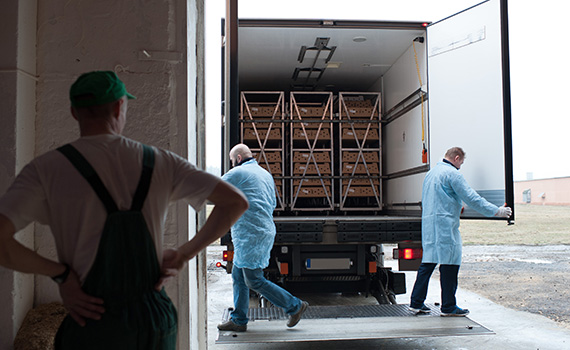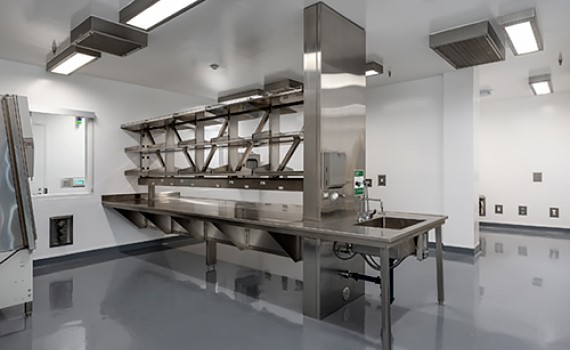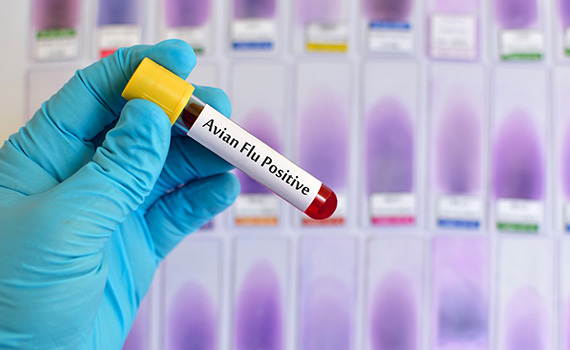On-farm Salmonella control helps prevent processing plant contamination
Contaminated chicken feathers and feet may be the primary vectors for transmitting Salmonella from poultry houses to processing plants, according to Martha Pulido, DVM, PhD, Mississippi State University.
In a research study, Pulido collected environmental samples from five different farms as well as testing spleens and livers from the birds. The results showed that while Salmonella was present in the poultry houses, not much of the pathogen showed up in bird organs.
Salmonella was found in boot swabs, suggesting high risk of contamination on surface areas of the poultry houses, which facilitated transfer of the pathogen to processing plants, she told Poultry Health Today.
Litter in good condition can significantly decrease Salmonella populations in the house. Therefore, it’s critical to control humidity levels in the poultry house as well as avoid wet litter caused by drinker malfunctions, Pulido continued.
It’s also important to identify the Salmonella serotype present on farms so producers can adopt appropriate control measures with vaccination and disinfectants, she said.
Posted on May 11, 2018
 We’re glad you’re enjoying
We’re glad you’re enjoying










